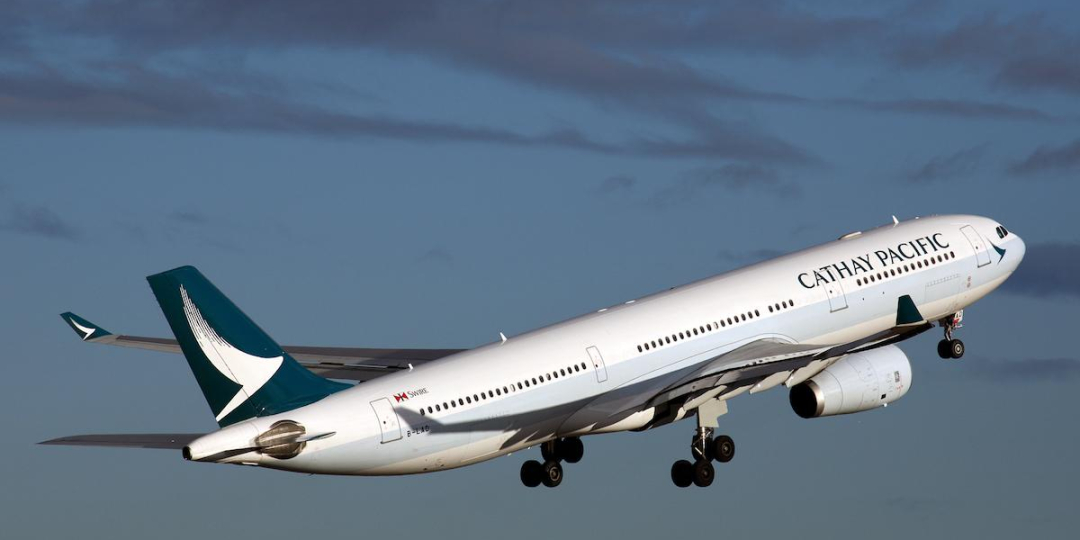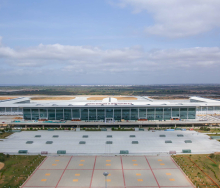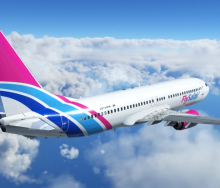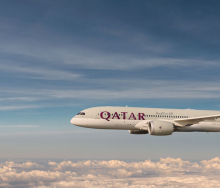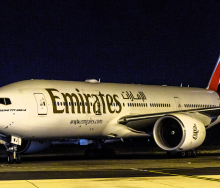Cathay Pacific is heading for a first-half profit this year but its recovery is likely to be reined in by staffing constraints, according to CE, Ronald Lam.
The Hong Kong powerhouse has been slow to regain its equilibrium among its airline peers, due to Hong Kong’s late reopening after the devastation of the pandemic.
While the rest of the world rolled into recovery early 2022, Hong Kong, along with China, remained locked down until a sudden overnight decision to open up in January this year.
Nonetheless, CX’s traffic figures for May 2023 show good progress as the airline rebuilds flight connectivity at Hong Kong, with staggering percentage increases when May 2023 is compared with May 2022.
Cathay Pacific’s changing fortunes underline the size, importance and influence of the Chinese travelling market, which is the principal raison d’être of the airline.
CX carried 1 417 906 passengers in May 2023, an increase of 2 345% on May 2022 figures. The month’s revenue passenger kilometres (RPKs) increased by 1 664% year on year.
Passenger load factor increased by 24,7 percentage points to 85,1% but those loads were accommodated in many, many more seats – capacity, measured in available seat kilometres (ASKs) increased by 1 152% from May 2022 to May 2023.
For the period January to May 2023, the number of passengers carried increased by 3 281% over the same period in 2022.
However, the Financial Times reports that, at its AGM in May, Lam said the airline was unlikely to exceed 70% of pre-COVID passenger capacity before the end of 2023 due to labour constraints.
The FT said in a report in May that 10 to 15 senior pilots had quit the airline each month this year, according to the Hong Kong Aircrew Officers Association. In the second half of 2022, the numbers leaving had been 30 to 50 each month.
The airline – which had a crew of 3 800 pilots in late 2019 – lost more than 1 800 pilots over the past three years, according to union Chairperson Paul Weatherilt, but has only recruited about 400 new pilots. After seeing wage cuts of up to 40% in 2020, pilots remained disgruntled.
Meanwhile, Iata has welcomed the Hong Kong government’s efforts to ease the city’s aviation labour crunch – namely the introduction of a labour importation scheme to ramp up the airport workforce by 6 300 workers from Mainland China.
Iata has upgraded passenger traffic projections for Hong Kong, which now predict a recovery to pre-crisis levels by the end of 2024.
